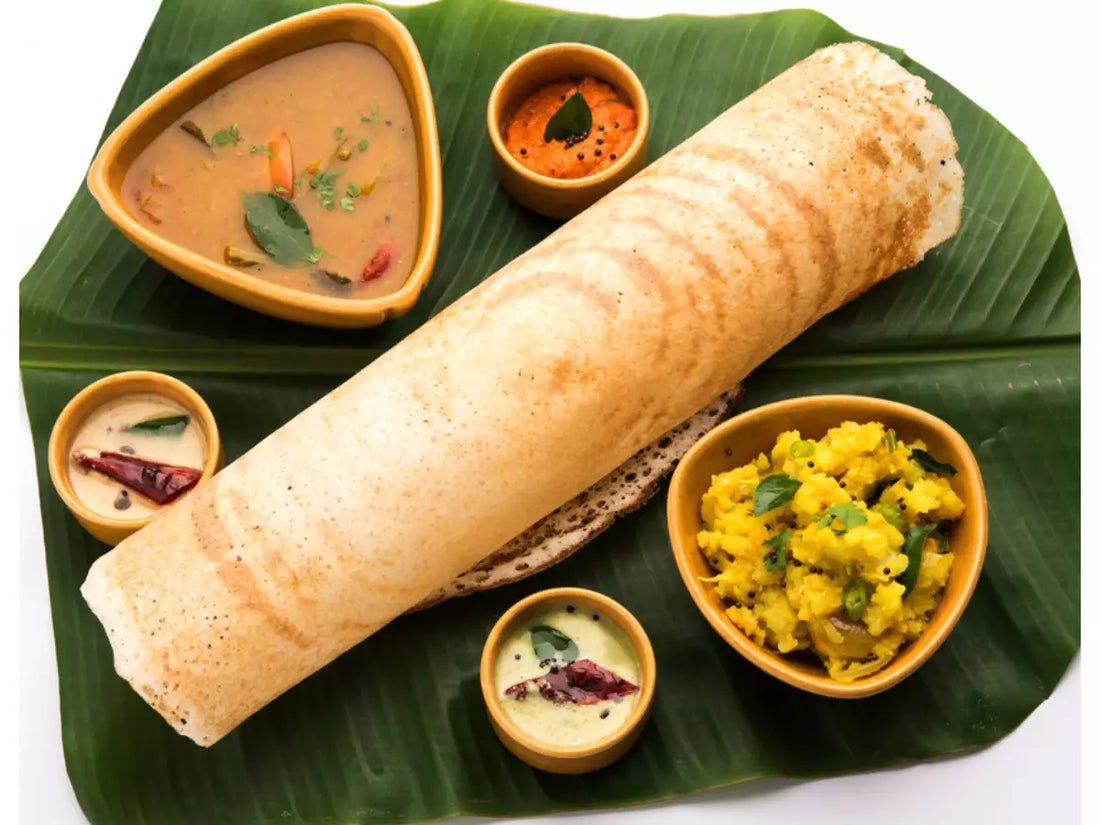For years we are so much indulged into delicacy, from preparations to presentation world has evolved.
Culinary heritage serves as a vibrant thread connecting generations, weaving tales of tradition and flavor that transcend time. In the age of rapidly evolving gastronomic trends, the importance of preserving our culinary heritage becomes paramount. From Grandma’s kitchen to modern menus, you will explores the significance of safeguarding the rich tapestry of our food culture. For years we are so much indulged into delicacy, from preparations to presentation world has evolved a lot.
Nostalgia and Tradition
Preserving culinary heritage evokes a sense of nostalgia, transporting us to the cherished moments spent in Grandma’s kitchen. These traditions are not merely recipes; they are vessels carrying memories, customs, and familial bonds. The aroma of simmering spices or the rhythmic chopping sounds can trigger powerful emotions, linking us to our cultural roots.
Flavors Passed Down Through Generations
Each family’s culinary heritage encapsulates unique flavors, techniques, and secret ingredients that have been passed down through generations. These recipes are a living testament to the creativity and resourcefulness of our ancestors, offering a taste of history on every plate. By preserving these flavors, we ensure that the essence of our cultural identity remains intact.
Cultural Diversity and Global Fusion
Culinary heritage is not confined to a single narrative but is a mosaic of diverse cuisines. As we strive to preserve our roots, we also celebrate the amalgamation of different culinary traditions. Modern menus can become a canvas for global fusion, where traditional recipes are reinterpreted and shared, fostering a cross-cultural appreciation for the richness of our culinary heritage.
Sustainability and Locally Sourced Ingredients
Many traditional recipes are inherently sustainable, relying on locally sourced and seasonal ingredients. Preserving culinary heritage aligns with the growing movement towards sustainable practices, encouraging a return to locally grown produce and reducing the environmental impact of food production. Embracing these practices not only honors our culinary past but also contributes to a healthier future.
Education and Cultural Preservation
Culinary heritage serves as an educational tool, offering insights into the historical, social, and economic aspects of a community. Through cooking and sharing traditional dishes, we pass on knowledge to younger generations, ensuring the survival of cultural practices that might otherwise be forgotten. This educational aspect of culinary heritage preservation fosters a deeper connection to our roots.
Conclusion
In the fast-paced world of ever-changing culinary trends, the preservation of our culinary heritage emerges as a beacon of continuity, connecting us to our past while shaping our future. From Grandma’s kitchen to the expansive menus of modern restaurants, the flavors of tradition not only enrich our palates but also contribute to a global tapestry of diverse culinary experiences. As we savor the tastes of yesteryear, let us cherish, share, and preserve the culinary heritage that defines who we are.










